“I was a window cleaner for a while. I worked in a sock factory, and a jeans factory. They don’t exist any more, of course. Oh and I used to drive a delivery van too, just to make enough cash to go out on the weekend,” says Sam McKnight – the most celebrated hair stylist in the world – who also almost became a teacher.
That was before he dropped out of teacher training college after being the first in his family to reach further education. His father – a miner – and mother, who worked at the local Co-op in the Scottish village where McKnight grew up, “were devastated by that decision”. Or so he tells me when I visit him at his airy Kensington studio space in London. His dog Arthur – a cockapoo puppy with appropriately lustrous hair and the eyebrows of a very old man who has seen it all – greets me at the door as though he’s been waiting for me all his life. I’m delighted. (I discover later to my disappointment that Arthur does this with everyone.)
Everything at the studio is surprisingly relaxed, given McKnight’s exalted status in the beauty industry. In 2016, his work was the subject of a book and a retrospective exhibition at London’s Somerset House. This was history-making – a formal recognition of McKnight’s role in beauty history. “I never really took the time to think about my career or go through my work until then. I’m always completely focused on what I’m doing now, and next,” McKnight says.
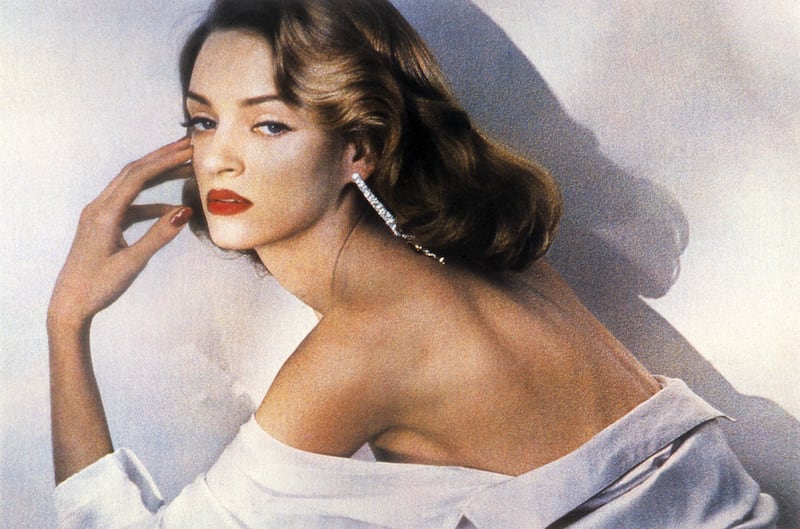
The exhibition took the celebrity and editorial stylist’s work and exhibited it as art. He received an MBE this year. The original session stylist and a self-avowed boundary-pusher, Sam McKnight has changed the beauty industry in line with people like Bobbi Brown and Kevyn Aucoin, who shaped make-up in the 1990s, and Vidal Sassoon, whose famed “wash and wear” haircuts were both a symptom and symbol of women’s liberation in the 1960s.
READ MORE
McKnight is honest when he says he doesn’t often think in the abstract about his career or legacy – when I ask him anything touching on them, he looks abashed. “You don’t think you’re doing anything change-making at the time,” he says. “That’s all retrospective. I’m not sitting at home like Miss Havisham, looking at old magazines. It wasn’t until social media became big that I realised people even had an appetite for all those old images.”
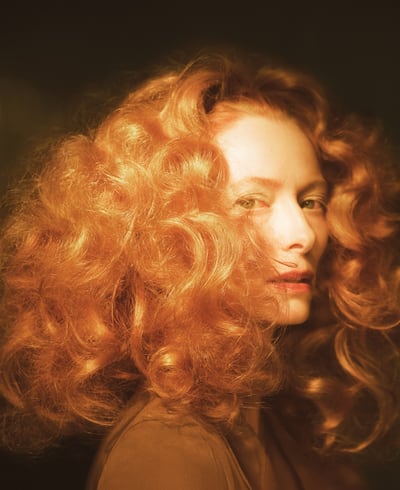
The sort of “old images” he refers to flippantly are so famous that they are commonly recognisable to people who don’t know or care about fashion or beauty at all. Princess Diana’s Vogue covers. Kate Moss’s Vogue September 2000 issue. Her brushed-out perm at that 1994 Vivienne Westwood show. Countless images of actress Tilda Swinton, whose otherworldly features have aided McKnight in recreating her through the lens again and again.
The famously quiet and down-to-earth Scotsman has styled everyone from Diana (he was the one who cut her hair off in the 90s to create that iconic style, before becoming her personal hair stylist for seven years until her death), to his friend Kate Moss, whom he first saw walk for Vivienne Westwood in the early 1990s. “She was this skinny little thing. A teenager,” he says, his face revealing some of the scepticism he felt on seeing Moss, who is famously small at 5′7, among her supermodel colleagues. “I remember saying ‘Oh my God. She’s so small!’ because the other girls were so much taller, but Kate got out there and just strutted with this incredible confidence and we were all backstage going: ‘Oh, okay. Well, there you go!’”
As the pair of hands behind countless celebrity images, McKnight understands that the power of hair extends beyond aesthetics. He made news during the pandemic when he suggested that then prime minister Boris Johnson’s hair was a disingenuous signalling device; that along with the skewed tie and rumpled suit, Johnson’s famous blonde mop was artfully and deliberately dishevelled to convey a man who was beyond the frivolity of grooming; a disembodied intellectual too busy rolling his sleeves up and getting important “stuff” done to get a trim.
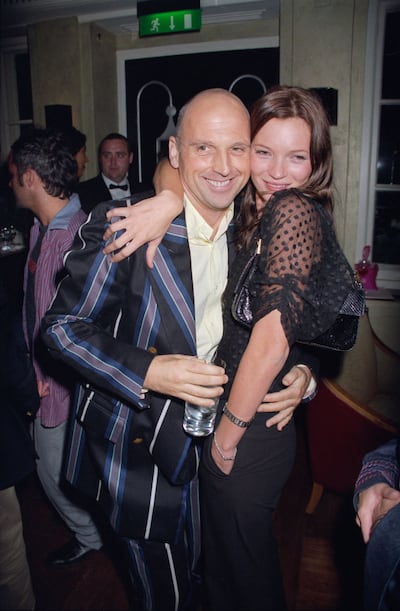
McKnight says that the current iteration of Johnson is more groomed. “It’s amazing. I saw him [on TV] the other day and it was all kind of nice and cut and combed. It’s incredible to think that, at the time, because he was up against it and wanted to appear a certain way, it needed to look different. It was brilliantly utilised, even if, in the end, it didn’t ultimately work.”
As personal hair stylist to Princess Diana, McKnight went everywhere with her, from galas to refugee camps. He encouraged her to wear her hair unstyled, but she told him people were coming out to see the version of her they expected. The elegant, groomed princess. She publicly credited her relationship with him as a source of self-confidence.
McKnight has always preferred to stay in the background. “I miss that mystery a little,” he says. “Something is lost in the lifting of that veil.” He came up with the original supermodels, with whom he remains friends and who he still refers to by their first names.
“They were kids. Christy [Turlington], Linda [Evangelista], Cindy [Crawford]. They were all coming up, going on go-sees, and it felt like we were all in it together,” McKnight says.
“I was older than them, but not by much. You’re just creating these great images, and suddenly one gets a cover. And then they’re on five covers, and then they’re these 18-year-old superstars. But you’re not aware that you’re creating that when you’re in it.”
McKnight says he never had an eye on legacy. “None of us ever imagined those girls – like Cindy [Crawford] at nearly 60 – would still be relevant,” he says, let alone the people behind the scenes like him.
“You wouldn’t even see our names in the image credits unless you really went looking. That acceptance of differences is recent, and social media has helped with it I think.” Social media made the beauty people behind the scenes personas in their own right, outside formerly tight-knit industry circles.
Nepotism has always been rife, and is especially public facing in entertainment. So much so that it has spawned the “nepo babies” trend, in which people share genealogies of celebrity connections to show how class, wealth and fame tend to interconnect to beget more of same. A quick look at the number of top models who are the children of top models shows how hard the industry can be to break into if you don’t have connections. As someone who grew up without any of that, what does he think of the nepo baby phenomenon?
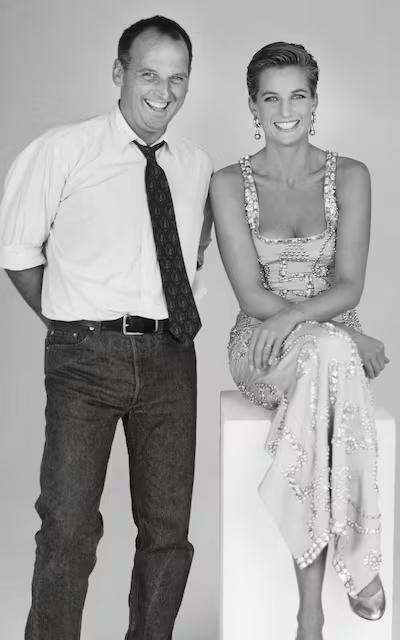
“I’m not one of those,” McKnight laughs. “My life is so far from where I started. As a kid I could never have imagined living the life I do now.” He says his working-class origins made him respectful of skill, and resourceful. “You must take risks. I’ve always thought that when you’re trained in hair or make-up, you have a skill you can fall back on. Safety doesn’t really interest me. Everything involves risk.” It’s just, McKnight says while scratching Arthur’s ears, “about assessing when a risk is worth it and trusting that you have the resources to be all right if it doesn’t go your way.” Something to fall back on.
McKnight started his own hair brand, Hair by Sam McKnight, whose Irish launch was imminent, just before the pandemic. Covid forced a pivot in McKnight’s career in his mid-60s. “Photo shoots stopped. Fashion shows. Everything stopped,” he recalls. “I figured out what Zoom was. We used to do 15 shows a season and you’d go from Chanel to Fendi to Westwood. I didn’t ever use my laptop before that. We all were aware of the negative aspects of that time, but when everything stopped, I decided to try to see it as an opportunity.” The risk paid off, and McKnight and Arthur are at the studio regularly, working on growing the business.
McKnight had been a session stylist since he established his relationship with Vogue in the late 1970s, leaving salon work to forge a career in creating hair for shoots. “It’s all I wanted to do. I just found the creative process so interesting,” he says. There was perpetual demand for reinvention.
“I don’t know how other people see things. Everyone has a different perception of reality. Everyone’s reality is different,” McKnight says. Working with photographers such as Patrick Demarchelier and Nick Knight allowed him to see reality through new lenses – to reinterpret it. A selection of McKnight’s hundreds-strong (“maybe thousands – we haven’t counted”) collection of bespoke wigs, which are displayed in his studio as I walk in the door, is testament to that.
It’s a sanctum sanctorum for fashion and beauty enthusiasts. There’s the outsized Chanel ponytail from their 2014 autumn/winter show. There are a couple of creations he put together for Lady Gaga, whose early surrealism-inspired styling allowed McKnight to “really do something different”. A Thomas Jefferson-esque powdered affair which looks like it might have led a former life in a courtroom can be found there too. Everything from the real to the surreal.
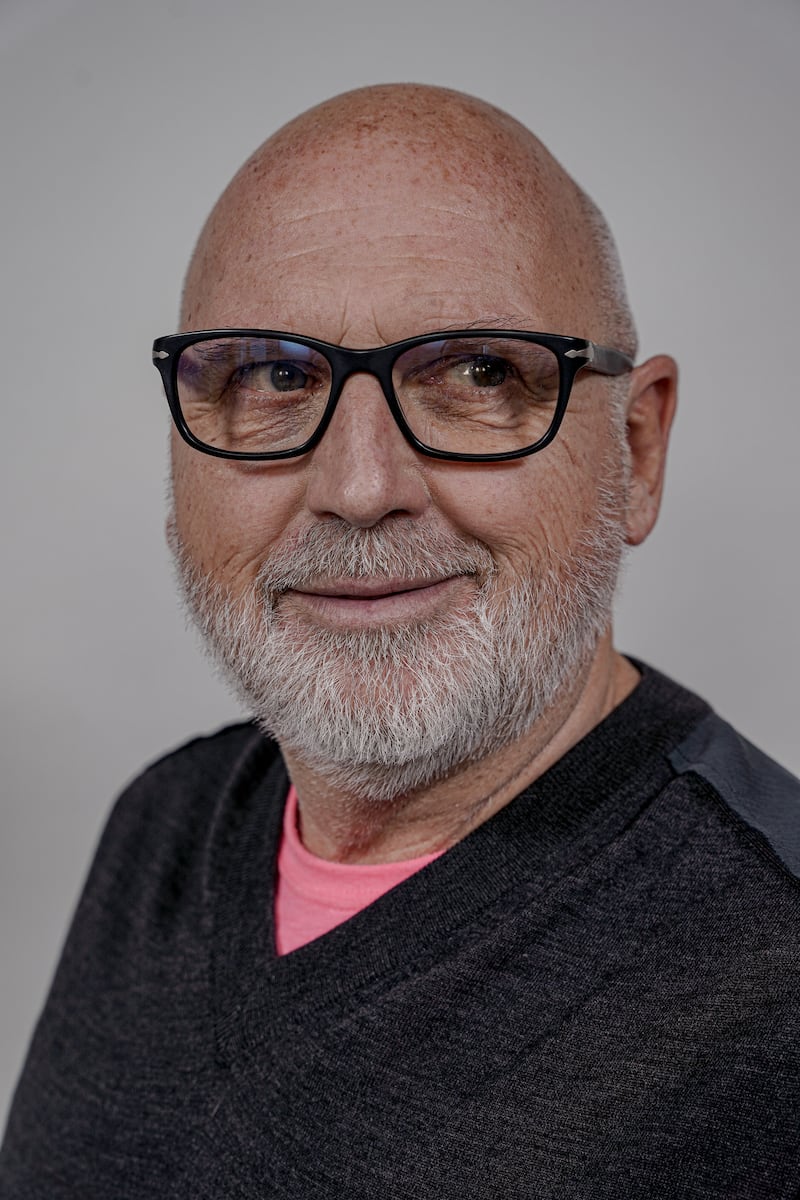
At 67, McKnight still does session work. “But I’m channelling my creativity into the business more now,” he says. It allows him to continue doing what he’s always loved. “It’s about creating beauty. That’s what I’m here for. That’s what I do. I used to be away on shoots for weeks on end. Now I can spend more time at home in my garden. It’s why I can have this guy,” McKnight says as he gestures casually to Arthur, who has chosen this moment to lie splayed rather indecorously belly-up on the couch. McKnight has many loves. Growing roses. Visiting his hometown. Arthur. Disco music.
He visits Ireland this month for the launch of Hair by Sam McKnight into Brown Thomas, which will begin stocking cult products from the brand like its Cool Girl Volume Foam, €36, whose fans include people like Moss. “I’m looking forward to it!” McKnight says. “I’ve come to Ireland a lot for shoots, but my last visit was to the North – Belfast – to film an episode of Mastermind.” His specialist topic? Not supermodels or photographers or art, but 1970s disco.
Hair by Sam McKnight will be launching exclusively in Ireland at Brown Thomas on April 21st



















